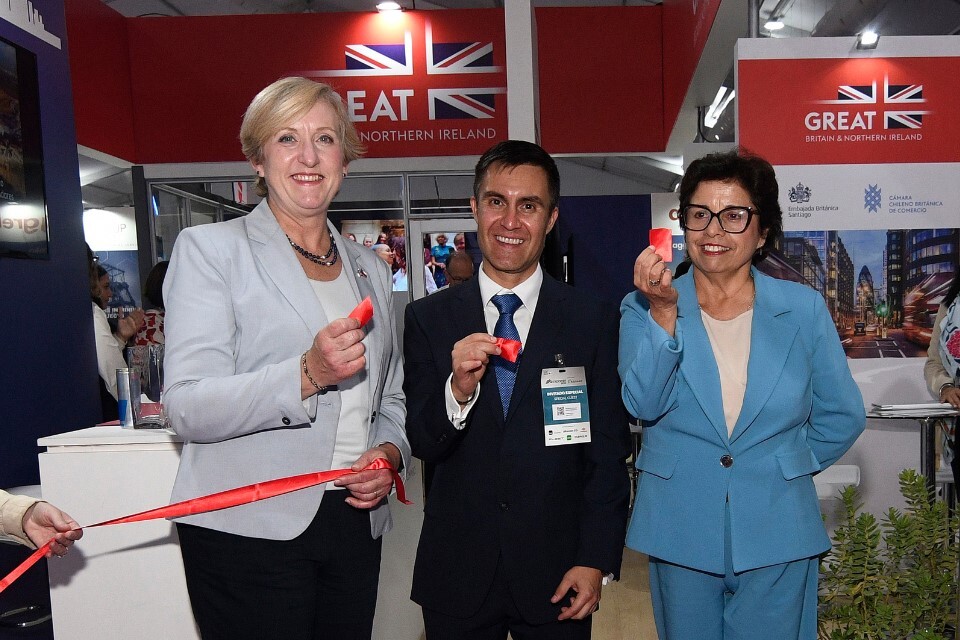What's On
On Thursday 8 May, the British High Commission in Solomon…
Going Out
Reviews
Prezzo has introduced a new name, menu and brand identity…
Latest Articles
4 of the UK’s most exciting regional research clusters to grow their ideas into thriving companies and industries…
Colour has finally come to the Kindle with the arrival of the Kindle Colorsoft Signature Edition. Or, as…
Consultation proposes increasing funding by up to £92 million a year Funding to address inherited crisis in criminal…
The FCDO has released a statement following ballistic missile launches by the Democratic People's Republic of Korea (DPRK)…
Just a few moments ago, I spoke to President Trump, the President of the United States. And I…
Britain secures the first US trade deal protecting British business and British jobs, the second landmark deal in…
Thank you, Mr Chair. I would like to offer a warm welcome to Ambassador Keiderling for the final…
Memorandum of Cooperation signed by Minister Sackman in Kyiv Agreement made as Minister Sackman attends United for Justice…
In Spotlight
A new edition of EXPOMIN took place in Chile between…

































